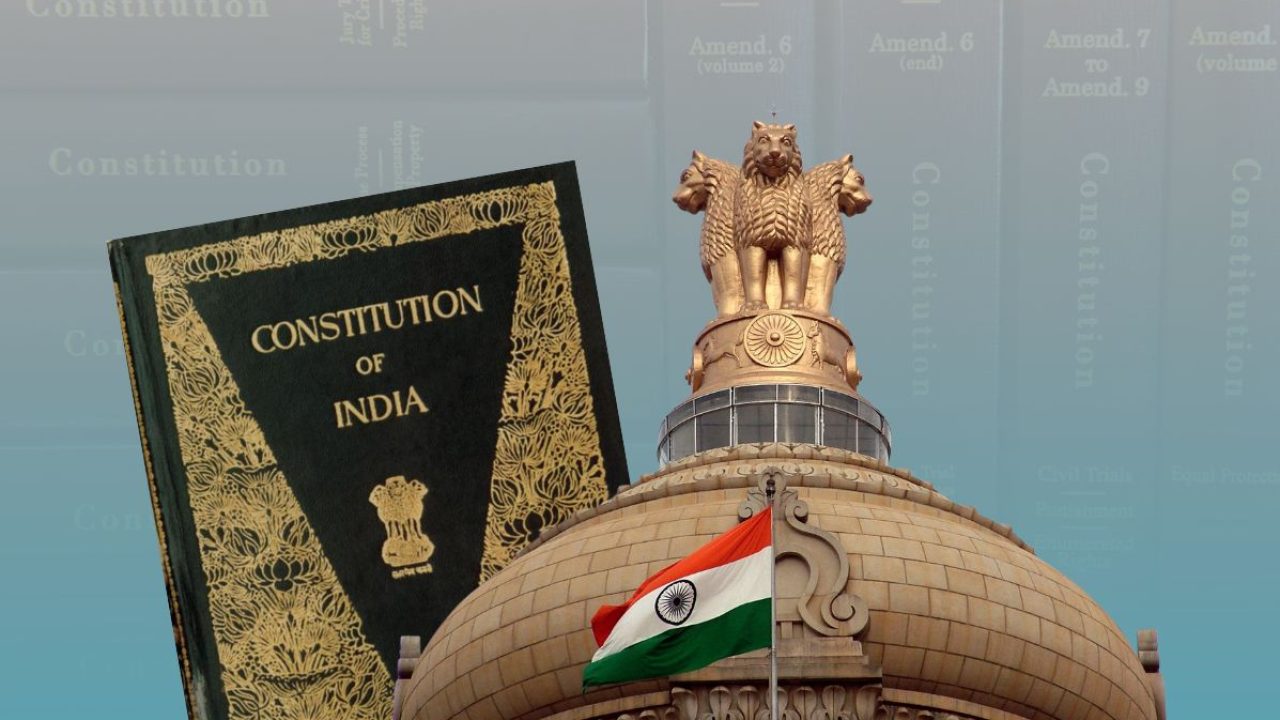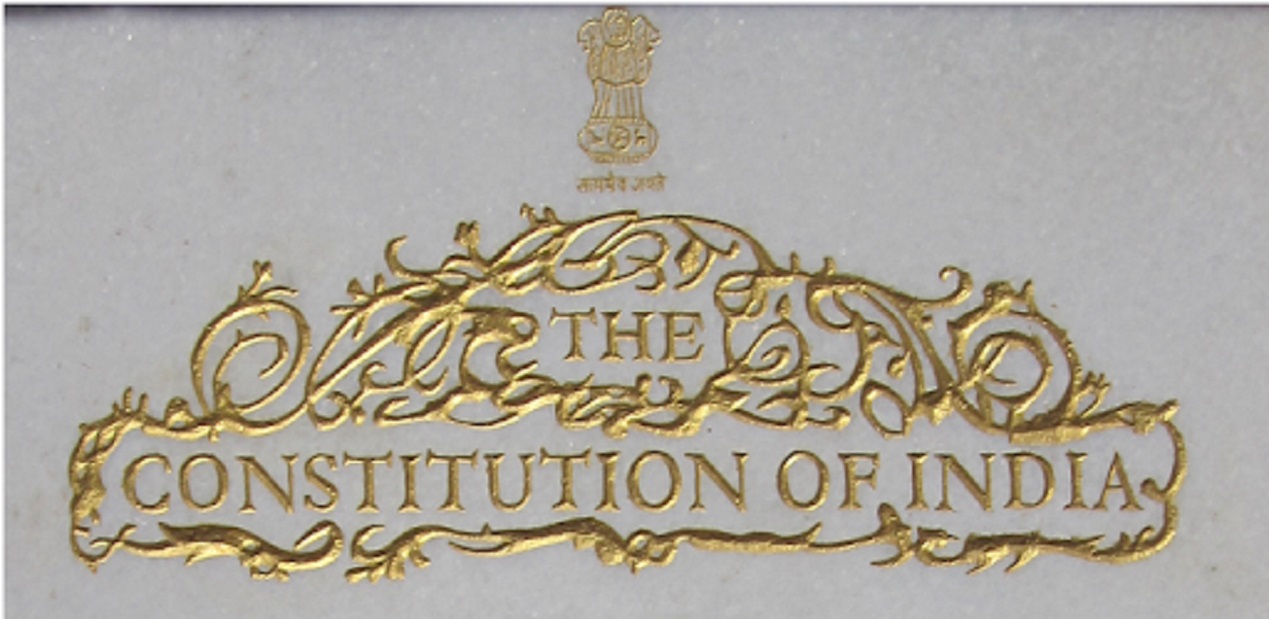
The Constitution of India is neither purely federal nor purely unitary but it is a combination of both. The Constitution of India is federal in form but unitarian in spirit. In fact, the Constitution of India contains many federal as well as unitary features. A brief description of both is given below.
Federal Features of the Indian Constitution:
- A written and rigid constitution: India’s constitution is both written and rigid. The powers of the Central Government and State Governments, as well as Fundamental Rights and State Policy Directive Principles, are all clearly defined in the Constitution, and there is little room for disagreement. The Constitution is rigid because most of its provisions cannot be changed by a simple majority of Parliament. Ratification by at least fifty percent of the states is also required for this purpose. As a result, the Centre cannot make arbitrary changes to the Constitution.
- Constitutional Supremacy: The Indian Constitution is the supreme law of the country. No individual, institution, government functionary, or even the government itself can work against the provisions of the Constitution. The administration will be run in accordance with the provisions of the Constitution by both the Central Government and the State Governments. The Supreme Court can declare a law unconstitutional if it is passed by parliament or a state legislature in violation of the provisions of the Constitution. That is why all the country’s high officials- President, Vice-President, Ministers, Judges of Supreme Court and High Courts-while assuming office, take an oath to abide by the Constitution and accept this supremacy of the Constitution.
- Division of Powers: The Indian Constitution, like other federal constitutions, provides for the division of powers. The division of powers between the Central Government and the state governments. The powers are divided into three lists: (i) the Union List, (i) the State List, and (lil) the Concurrent List.
(i)The Union List includes 97 subjects. These are national issues, and only the Parliament has the authority to make laws on them. These subjects include defence, foreign affairs, railways, post and telegraph, currency and coinage, etc.
(ii) There are 66 subjects on the State List. These are local issues, and state legislatures have the authority to make laws on them. These subjects include police, jails, public health, agriculture and local self- government, etc.
(iii) The Concurrent List includes 47 subjects such as marriage, divorce, bankruptcy, and so on. Although five more subjects have been included in this list (4 subjects from the State List as mentioned above and judicial administration being the fifth). However, the figure of 47 remains unchanged and has not been changed by any amendment; both the Parliament and State Legislatures have the authority to make laws on these subjects. However, if a law passed by Parliament and a law passed by a State Legislature on any of these subjects conflict, the law passed by the Union Parliament will take precedence.

The Centre has been given residuary powers.
The Indian Constitution has the following unitary features:
- Division of powers in favor of Centre: The Indian Constitution has distributed the powers between the Centre and the States in such a way that the Centre has become stronger than the States. The Central Government is given the majority of the powers. Most important and almost all significant subjects have been included in the Union List. If there is a disagreement over a subject in the concurrent list between the center and the state, the decision of the center will prevail.
- Change in the boundaries of States: The Constitution of India has empowered the Parliament to change the boundaries of the existing States or create new States or change the name of the states on the recommendation of the President. This has actually happened in India. In a perfect Federation, this is not possible. The Central Government has no authority to change state boundaries, which is a significant departure from the federal structure.
- States have no right to write their own constitutions: Some federal states, such as the USA, units of the federation (States) enjoy the authority to draft their own separate Constitutions subject to certain restrictions. However, Indian states do not have such authority. They have no right to write their own constitutions or to secede from the Union.
- Single Citizenship: In USA, citizens enjoy double citizenship. Every person is a citizen of both the United States and the state in which they live. In India, on the other hand, every citizen has only one citizenship that is Indian citizenship. They are not the citizens of Punjab, Haryana, West Bengal, or Bihar.
Other related articles:
Did the Government of India Act, 1935 lay down a federal constitution?
IS PREAMBLE A PART OF THE INDIAN CONSTITUTION ?
